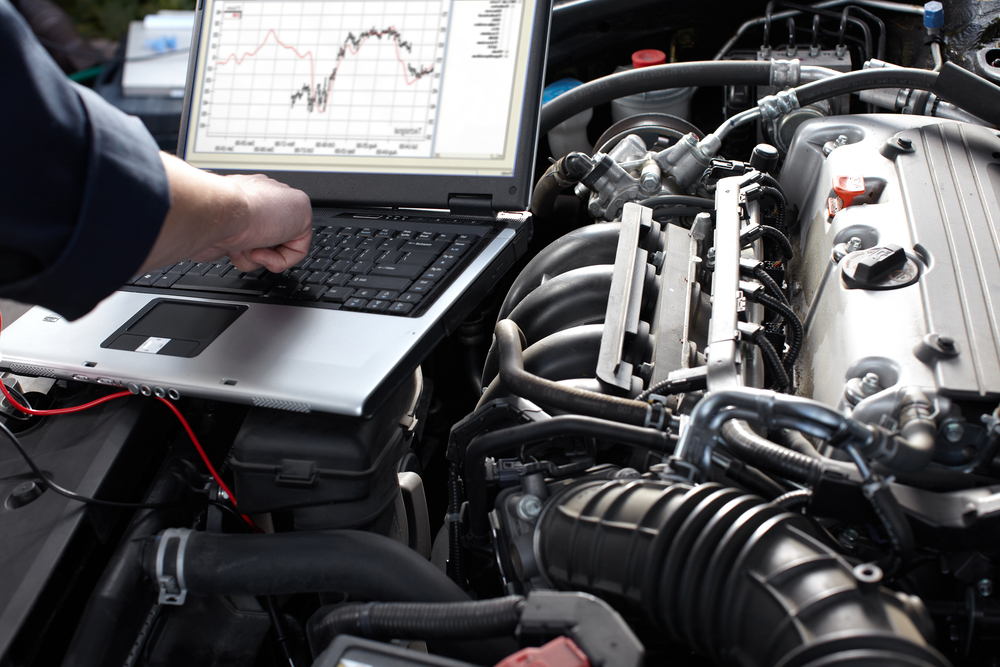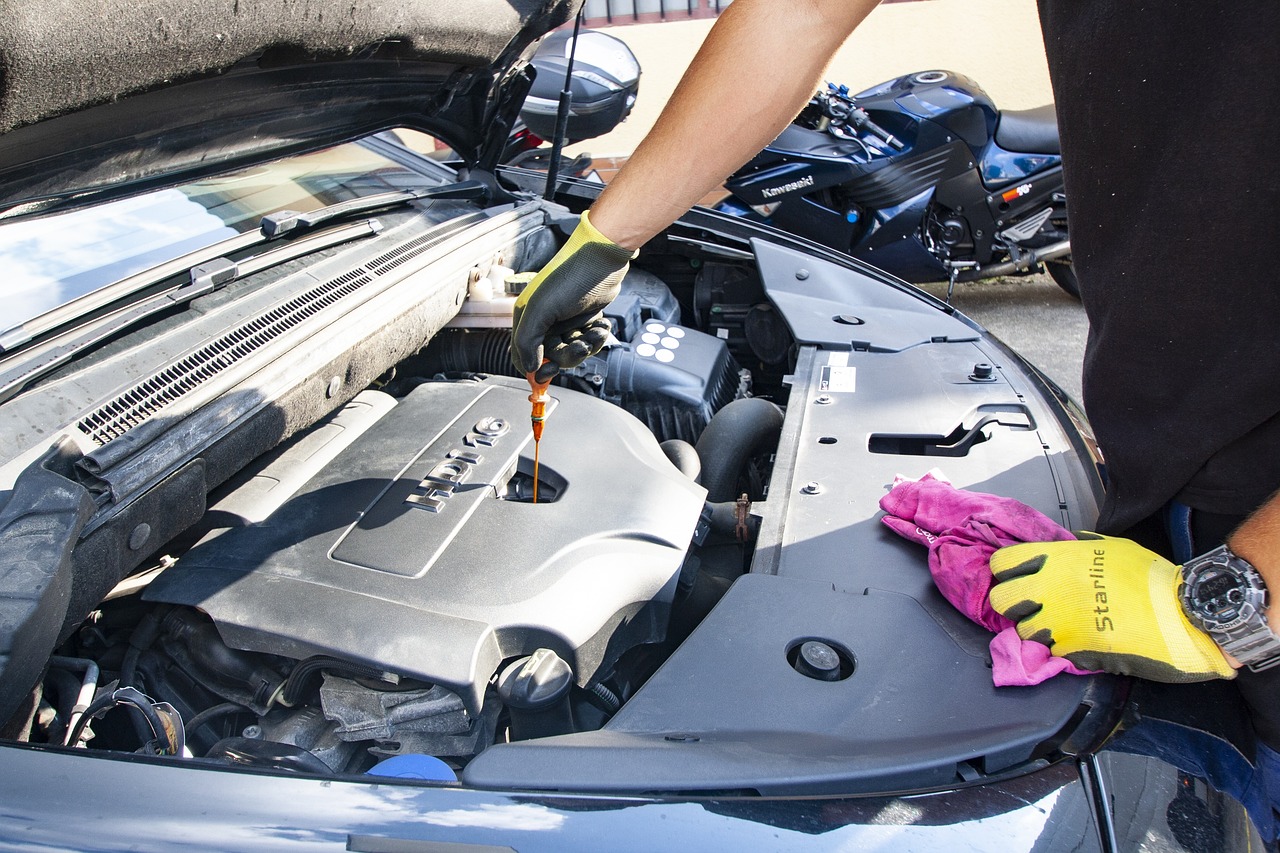Ah, the complex world of car wiring! It’s almost like our body’s circulatory system, hidden beneath the surface, quietly doing its job. If it fails, everything else might just come crashing down. Yet, so many of us take it for granted until that unexpected moment when something goes wrong.
Car wiring, though unseen, underpins almost every function in our vehicle. From illuminating your path on a dark road to keeping your car’s interiors comfortably warm, these circuits play a pivotal role. Yet, many people mistakenly believe that wiring issues are always catastrophic and unmanageable. The truth? The most common nemesis of these vital wires is everyday wear and tear.
Solutions to Address Wear and Tear
Regular Inspection and Maintenance
Like visiting your doctor for regular check-ups, your car’s wiring system also needs periodic inspections. Ideally, aim for a comprehensive check every year. Pay special attention to connectors, grounding spots, and places where wires may rub against metal or other components.
Wiring Harness Protector
Think of this as armor for your wiring system. A harness protector shields wires from potential hazards. By preventing direct exposure to environmental factors and reducing physical friction, protectors significantly extend the lifespan of your wiring.
Quality Replacement Components
Skimping on quality might save you a few bucks today but could cost you dearly in the future. Inferior wiring can fail prematurely, lead to erratic electrical behaviors, or even pose safety hazards.
Professional Repairs
Just as you wouldn’t trust a random stranger with your health, your car’s intricate wiring system requires the hands of a seasoned expert. From using inappropriate tools to making hasty connections, amateur repairs can inadvertently amplify the problems or introduce new ones.
Lubrication and Sealing
Proper lubrication ensures that components slide smoothly, reducing wear on wires especially in areas with frequent movement. Sealing keeps out moisture, salt, and other agents that might corrode or damage the wiring.
Prevention Tips to Minimize Wear and Tear
Avoid Extreme Conditions
Direct exposure to sunlight can degrade wiring insulation over time. Extreme temperatures can make wiring brittle and prone to cracks.
Regular Cleaning
Accumulated dirt can retain moisture or even become abrasive, rubbing against and damaging the wires. Use a gentle brush or compressed air, and avoid direct water exposure to electrical components.
Limiting Unnecessary Strain
Overloading circuits, such as using many high-wattage accessories simultaneously, can stress the wiring. This simple practice ensures no lingering electrical surges when the car is restarted.
Proper Driving Habits
Jarring stops and rapid accelerations can cause undue stress on various car components, including wires. Approach such obstructions slowly, and where possible, avoid them altogether.
Upgrading to Corrosion-Resistant Wiring
There are great benefits to investing in better quality, corrosion-resistant wires. These wires are less likely to degrade over time, offering more reliable performance. Itt can lead to long-term savings and reliability. With reduced chances of failure, you’ll spend less on frequent repairs and replacements.
Conclusion
Remember, like everything in life, being proactive rather than reactive can save a ton of headaches down the road. Car wiring might be hidden from view, but it shouldn’t be hidden from your care. Prioritize its maintenance, understand its needs, and above all, respect its importance. By doing so, you ensure that minor hiccups don’t evolve into major roadblocks. Happy driving, my friend!





